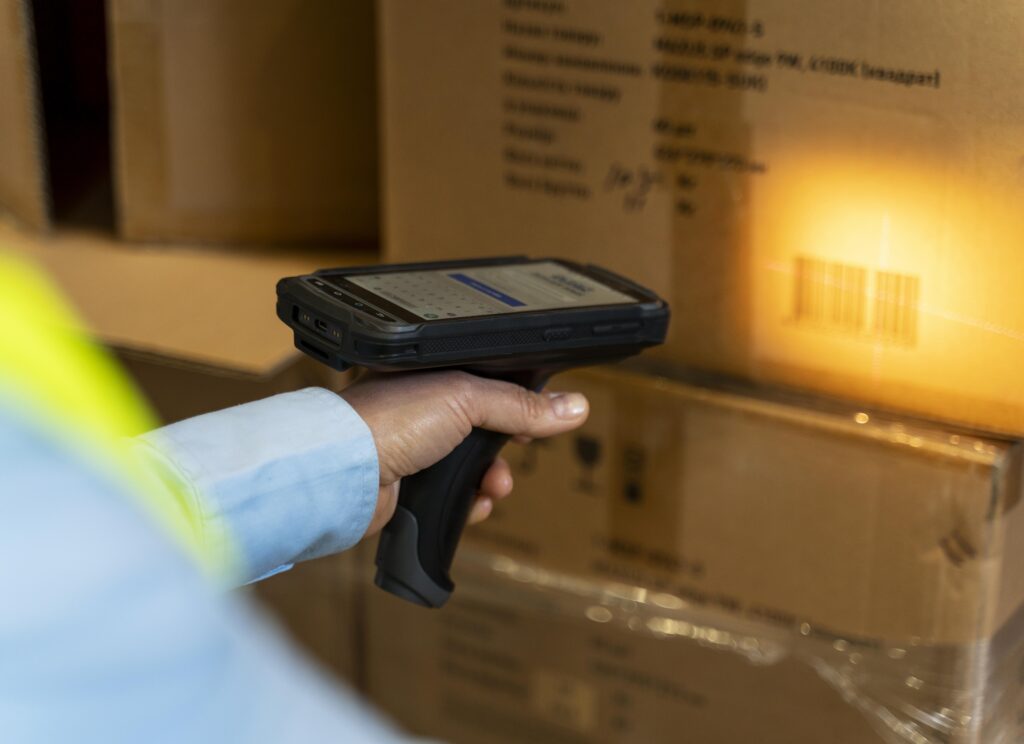As the supply chain landscape continues to evolve, increasing environmental consciousness is now tightly entwined with the heartbeat of every business. Today, 66% of consumers consider sustainability when making a purchase. With these shifting customer priorities, green warehouses emerge as a beacon of sustainability. Beyond its altruistic undertones, embracing green practices within warehouses isn’t just a moral high ground; it’s a strategic imperative.
The significance of eco-friendly warehousing becomes crucial because not only does this help improve brand reputation, but it also benefits businesses’ bottom lines. In this article, we show you the incredible impact of green warehouses. Learn more about their importance while we shed light on how these eco-friendly havens can be a game-changer for any venture.
Let’s explore the intersection of environmental responsibility and business acumen, where going green isn’t just a choice; it’s the smart move.
The Importance of Green Warehousing
Supply chains are responsible for 90% of greenhouse gas and carbon emissions produced by industrial activity. This significantly affects the air, land, sea, and biodiversity. Searching for sustainable solutions is necessary, and businesses are responsible for creating intricate supply chains with long-term sustainability goals.
Green warehousing involves facility improvements that lower energy consumption and utilize sustainable materials and energy sources. Businesses should also reduce the quantity of non-recyclable trash generated by warehouse operations. Seeking building certifications to assess key performance indicators frequently connected to Environmental, Social, and Governance (ESG) requirements could benefit your business.
More than that, green warehouses increasingly depend on sustainable practices as stakeholders pressure companies to lower their carbon footprints. They must adhere to rules their local government sets, fulfill insurance obligations, and meet client demands.
Green warehousing makes sense for many businesses looking to increase their bottom line and reduce their environmental impact. This strategy should be an indispensable part of their overall warehousing sustainability strategy.
Why Green Warehousing Works
As mentioned, warehouses in global supply chains pollute with lighting, heating, and cooling systems. Greenhousing can help us measure essential performance metrics, including emissions, natural resource use, and waste and recycling volumes. From here, warehouse managers may calculate their operations’ carbon footprint.

Here are the benefits of Green warehousing:
Cost Savings
Over time, green warehousing frequently results in significant cost reductions. Implementing energy-efficient technologies like LED lights and renewable energy sources can lower energy usage, leading to cheaper power bills.
Using cutting-edge technologies makes automating tasks, optimizing processes, and retaining fewer employees possible. It promotes sustainability as well as efficiency. Initiatives for recycling and trash reduction can also net you savings on disposal costs.
Lower Carbon Footprint
Green warehousing lessens its detrimental effects on ecosystems and lowers its carbon footprint, promoting environmental sustainability.
Businesses can contribute to preserving natural resources and mitigating climate change by implementing sustainable practices. Companies can utilize eco-friendly building materials and implement energy-efficient technologies.
Regulatory Compliance
Green warehousing techniques comply with stringent environmental regulations that are in place in many regions.
By proactively incorporating sustainable initiatives, businesses can show their commitment to ethical business practices and stay out of trouble. It is simpler to adjust to requirements regularly than redesign warehouse procedures already in place.
Five Best Practices to Get You Started With Green Warehousing
Green warehousing necessitates dedication on all fronts. Recyclable packaging materials are one of the more affordable changes. Improvements in lighting and sustainable building practices are two further modifications that will require investment. Implementing these will provide long-term savings on energy bills and other advantages. Here are some best practices you can use to implement sustainability in your warehouse.
1. Go for Energy Efficiency
One of the main objectives of green warehousing is to lower energy use. Energy efficiency translates into improved profit margins in any industry that depends on inventory management. Warehouse storage costs are increasing annually, so you’ll need every advantage. Lights, fans, equipment power, and other things may unnecessarily drain your warehouse. If left unchecked, these consumptions could lower your company’s profitability and compliance with green energy regulations.
However, companies can optimize energy use in their warehouses in many ways. You can utilize sensors to track energy loss. Switching to LED lighting and regulating fan speed and temperature can help reduce energy waste and increase sustainability. However, be mindful that all industries require varying amounts of energy. The efficiency of the spaces a firm needs can be maximized by reducing the total amount of storage space to match its predicted inventory levels better.
2. Automated Inventory Management
Utilize data-driven inventory control solutions to reduce resource waste and overstocking. Maintaining ideal stock levels and reducing environmental effects is possible through accurate demand forecasting and real-time tracking updates.
In green warehousing, inventory management refers to the methodical and economical processing of goods to reduce waste and improve sustainability. Warehouses can ensure they only order and stock what they need through precise consumer demand forecasting, which can be done using sophisticated tools and technology. Barcodes and RFID are examples of real-time monitoring technologies that assist in closely monitoring inventory levels. By relying on automated tools, you can reduce errors and make decisive data-driven choices.

3. Efficient Transportation Management
Regarding green logistics, efficient transportation refers to route optimization that minimizes the movement of individual shipments. This lowers emissions and has a more positive environmental impact. It entails implementing fleet management tactics and utilizing cutting-edge technologies to improve the effectiveness of transportation.
Businesses need to be mindful of the complete product journey. Orders heading to similar destinations can be combined. Optimization tools and route planning can help find the most effective shipping routes. This minimizes travel expenses, lowers the fuel used in each order, and reduces greenhouse gas emissions.
Consider using environmentally friendly modes of transportation. Ships and trains can transport more goods on a single trip. Electric vehicles, liquefied natural gas (LNG), or compressed natural gas (CGN) are efficient fuel alternatives and less taxing on the environment. Reducing the use of fossil fuels encourages the transition to more environmentally friendly transportation systems. It can also show that you’re committed to using alternative solutions.
4. Employee Sustainability Training
Sustainability starts with instilling a culture of environmental responsibility among team members. You’ll need to provide them with the requisite information and abilities through employee training in sustainable practices. Training should cover all issues relevant to the warehouse facility, including energy efficiency, waste reduction, current technologies, and other eco-friendly activities.
Workers should be informed about how warehouse operations affect the environment and how their contributions might advance group sustainability initiatives. Increased awareness and skill development empower employees to engage actively in green warehouse activities.
5. Circular Supply Chain Practices
The goal of circular supply chain techniques is to build a sustainable system that reduces waste and extends the life of products. In contrast to the conventional linear “make-use-dispose” models, circular waste management prioritizes recycling, remanufacturing, and refurbishing.
While remanufacturing involves rebuilding objects using recycled materials, parts, and ingredients, refurbishing recycles used goods. Recycling ensures that used materials can be recovered and processed, and these recycled materials are then repurposed for manufacturing.
Green warehouses consider a product’s whole lifecycle, working with suppliers to use eco-friendly materials and coordinating take-back initiatives.
Green warehousing might seem like a daunting task to implement appropriately. However, the financial and environmental advantages greatly exceed the challenges. It’s time for businesses to take action and switch to sustainable warehouse operations. Success means improving business resilience in a changing world and fulfilling corporate responsibility towards the environment.
Aratum supports green warehousing initiatives with our cloud-based logistics management software. With easy-to-use digital tools, you can optimize and streamline your warehouse operations. Book a demo to find a tailor-fit solution for your business.
The featured photo used in this article was sourced from freepik.



